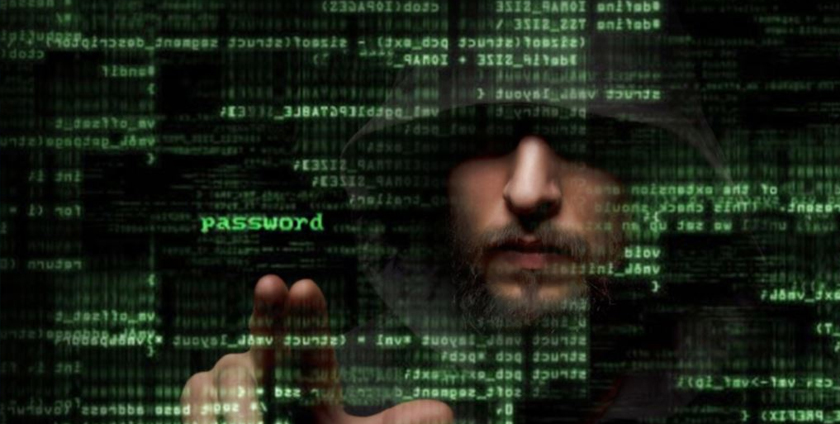There is no reason to be a victim of ransomware. With these security tips to secure your data and information. Ransomware becomes a nightmare once a virus has hijacked your PC and encrypted your most valuable files. A ransom note appears on your screen and tells you that you have to pay the ransom for a limited time or the amount to be paid will double. After doubling, you again have a limited time to pay for the cybercriminal before it destroys your files forever.
This is just one of the modes in which ransomware attacks. There are many variants of this malware, including viruses that completely block the PC, showing only one message per screen with instructions to make the payment. Then there is the version that copies your personal information and blackmails you to prevent them from seeing the public light. There is even a variant that only tries to frighten you with empty threats, even though it does not affect your PC at all.
Ransomware is here to stay
It is 60% of all malware during the first three months of 2017 and by 2017 there are 4 times more variants than in 2016. It is dominating the news these months, from the worst attack of the historian, WannaCry, to the last based in Petya in Ukraine, which left out of service institutions such as the postal service, the central bank, and major trading companies. In less than half a day, the virus spread to India and Spain, before being contained and neutralized. So what do you do if you fall victim to ransomware? Two words: Don’t pay. You will be tempted to pay. For these reasons you should not do it:
There is no guarantee that the files will be restored. Remember that those who are making promises are criminals. Do not believe anything. One in five people who may never get their files back. Do not trust them. Paying ransom promotes cybercrime. If the criminals receive the payment, they will continue to extort innocent people.
If we make their business not profitable, they will have no reason to do cybercrimes. Free help is available. You may be able to restore the files by yourself. Free decryption tools will guide you through the process, especially if the files have been encrypted by a known virus.
Protect yourself by preventing attacks
While ransomware attacks are on the rise, so is the protection and removal of malware. After all, good guys work harder than bad guys. If you have anti-virus software which should include anti-ransomware tools, make sure it is up to date. Do the same with the operating system (OS) and all software, programs, and apps. Actively protecting your devices and your information has never been so important.
In addition to ensuring you install the best protection you can and keeping the system up to date to prevent attacks, you should also make backups frequently. Backups make you immune to attacks. The cybercriminals bet that you do not make backups. Having copies of your files is the best way to make the attack have no effect on you. We recommend having two backups, one in the cloud and one in a hard disk that you keep disconnected. If you have uninfected copies of all your files and data, the demands of the hackers will not make sense.
For backup in the cloud, you can use many available services, such as Dropbox, Google Drive or OneDrive, among others. These types of servers keep your security measures up-to-date and are protected from prevailing threats.
For backup on a hard drive that you can disconnect from the internet, use any type of external storage or even another PC. Keeping it offline will serve to make sure nothing is trying to infiltrate it. So resist and do not pay. But the most important thing is to take the necessary measures rather falling victim to this growing threat.



